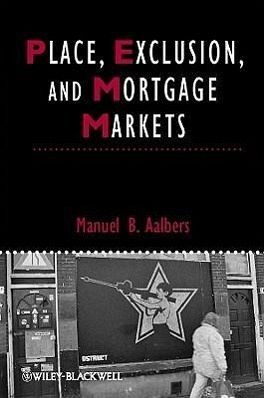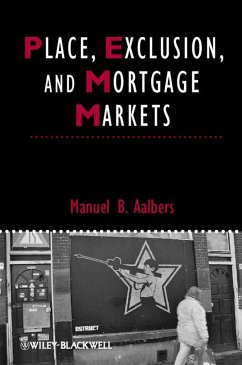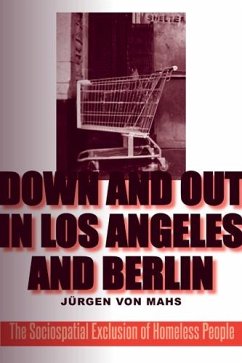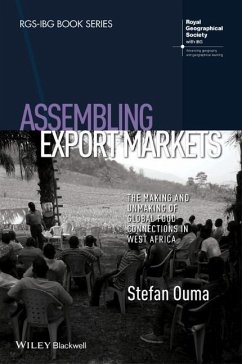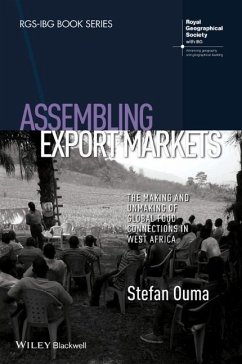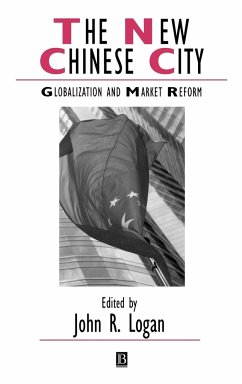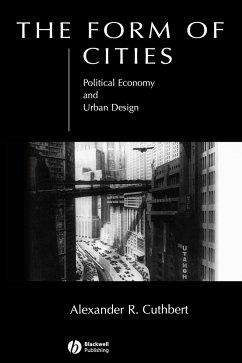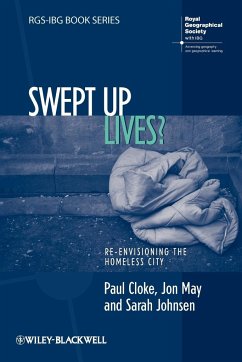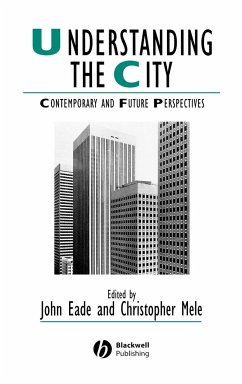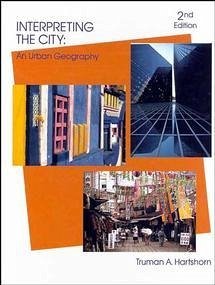"Together, these strengths make Place, Exclusion, andMortgage Markets an excellent resource for those interestedin how housing finance markets contribute to social and spatialexclusion." (City & Community, 1 June2013)
"Place, Exclusion, and Mortgage Markets significantlyadvances our understanding of the history and current reality ofredlining and its exclusionary processes and consequences. Itscomparative analysis is a welcome addition to the literature onfinancial services. Hopefully, it will lead to more equitableapproaches to the development of the world's metropolitanregions." (International Journal of Urban andRegional Research, 2012)
"Nevertheless, the book provides a valuable account of theliterature and makes
interesting reading about market behaviour. Itwill be useful for those interested in the influence of actors onaccess to homeownership and the development of urbanneighbourhoods." (Housing Studies, 2 August2012)
"This is a timely and forceful book which seeks to bringtogether aspects of the financial boom and bust and processes ofredlining and exclusion in urban housing markets in a number ofcountries, namely the USA, Italy and the Netherlands." (International Journal of Housing Policy, 28 May2012)
"By covering the full field of redlining--fromabstract socio-spatial theories to concrete cases and a humanangle--this books offers an ideal introduction to the topic.At the same time, it considerably expands the state of knowledge onfinancial exclusion." (Journal of Housing and theBuilt Environment, 2012)"The book's key strength is the actor centred focus on markets thatreveals the processes by which markets and places are made in waysthat would not be explained by classical models of marketbehaviour. The detailed descriptions of Rotterdam in particular areof great interest, including a photo essay on Tarwewijk, aneighbourhood of Rotterdam, where the decline was said to have beenaccelerated by redlining in the 1990s. Furthermore, the history anddevelopment of redlining, particular in the US, is also of greatuse to students and scholars alike." (Housing Studies, 2012)
"An important book that fills the empirical and theoretical gapsin the literature on the sociology and geography of mortgagemarkets. The book is a fantastic, empirically rich andtheoretically innovative exploration of the historical trajectoryof urban disinvestment (redlining) and social exclusion thatcompares the United States, Italy, and the Netherlands."(Financial Technology, 15 November 2011)"An important book that fills the empirical and theoretical gaps inthe literature on the sociology and geography of mortgage markets.The book is a fantastic, empirically rich and theoreticallyinnovative exploration of the historical trajectory of urbandisinvestment (redlining) and social exclusion that compares theUnited States, Italy, and the Netherlands. This book should be readby anyone with an interest in housing finance systems, real estate,comparative metropolitan development, and financialglobalization."
--Kevin Fox Gotham, Tulane University, USA
'The most detailed, exhaustive and insightful treatment ofresidential redlining available, the author unwraps the corporateand financial means and mechanisms of disinvestment in the housingmarket. If you are starting to suspect that "housingconsumers" are just production inputs for transnationalprofit grabbing by builders and money lenders, this book will showyou how it really works. A solid and comprehensive piece ofresearch.'
--Neil Smith, Graduate Center, CUNY
